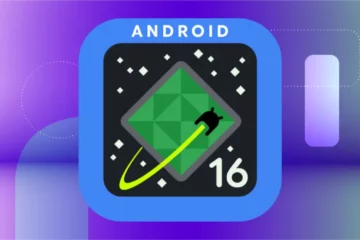On Thursday, the FCC approved new regulations that will require all phone manufacturers to ensure their devices are compatible with hearing aids. With the population of Americans aged 65 and older expected to grow by nearly 50% by 2050, these regulations aim to eliminate concerns for individuals with hearing impairments when selecting mobile devices that will work seamlessly with their hearing aids.
According to an FCC press release, once the transition period is over, individuals with hearing loss will no longer face limitations in terms of the variety of technology, features, or pricing available in the mobile phone market. These new rules will significantly expand the options for those who rely on hearing aids.
In addition to phone manufacturers, hearing aid makers will also be affected by the new regulations. The FCC has introduced a rule prohibiting the use of proprietary Bluetooth standards in hearing aids. This ensures that hearing aids must be compatible with mobile phones, and vice versa, creating a more unified and accessible system. This rule even extends to over-the-counter hearing aids, such as the newly released AirPods Pro 2, meaning consumers can expect a more consistent user experience across different devices.
Further changes under these new regulations include a requirement for all mobile phones sold in the U.S. to allow users to increase volume levels without causing distortion. Additionally, point-of-sale labels for mobile devices will now need to clearly state whether the phone meets hearing aid compatibility standards and whether it supports Bluetooth or telecoil coupling.
The FCC worked closely with a wide range of stakeholders, including cell carriers, phone manufacturers, and researchers, to craft these rules. The Commission noted that the establishment of a 100% hearing aid compatibility standard for all mobile handsets was achieved through collaboration with the Hearing Aid Compatibility Task Force. This independent group included wireless service providers, device manufacturers, research organizations, and advocates for individuals with hearing loss, who collectively developed a plan to meet the FCC’s goal.


